19 Vintage Photos That Absolutely Bring The Summer Of 1967 To Life

The summer of 1967, often dubbed the “Summer of Love,” was a sizzling explosion of culture and counterculture that left an indelible mark on history. As if a psychedelic spaceship had landed, depositing kaleidoscopic hues and electric tunes, the scene was set for a summer like no other.
Thousands gathered in a groovy celebration of peace, love, and music, leaving a legacy that continues to inspire generations. From the bustling streets of San Francisco’s Haight-Ashbury to the iconic performances at Monterey Pop Festival, the summer of ’67 was a vibrant tapestry of events and emotions.
The Beatles were revolutionizing music, Aretha Franklin was demanding the world’s “Respect,” and civil rights milestones were being reached. It was a time when the world seemed to pivot on the axis of change, and the youth were at the heart of it all. Join me as we take a nostalgic journey through 19 captivating snapshots that bring the summer of 1967 vividly to life.
Each photo is a portal back to a time of revolution, rhythm, and radical transformation, with stories that are both heartwarming and eye-opening. Grab your flower crowns and mini skirts, and let’s dive into a summer of pure magic!
1. Sgt. Pepper’s Lonely Hearts Club Band by The Beatles

When The Beatles released Sgt. Pepper’s Lonely Hearts Club Band, they weren’t just dropping an album; they were launching a musical revolution. With its eclectic mix of styles and groundbreaking production techniques, this album became an instant classic, altering the landscape of popular music.
The tracks were not just songs; they were sonic adventures that took listeners on a journey through whimsical worlds and introspective landscapes. The title track itself was a raucous introduction to the band’s new alter egos, setting the tone for an album that defied expectations.
The album’s creative genius and innovative approach made it a cultural milestone, influencing countless artists and solidifying The Beatles’ place as musical pioneers. It’s no wonder Sgt. Pepper is still celebrated as one of the greatest albums of all time.
2. Monterey Pop Festival
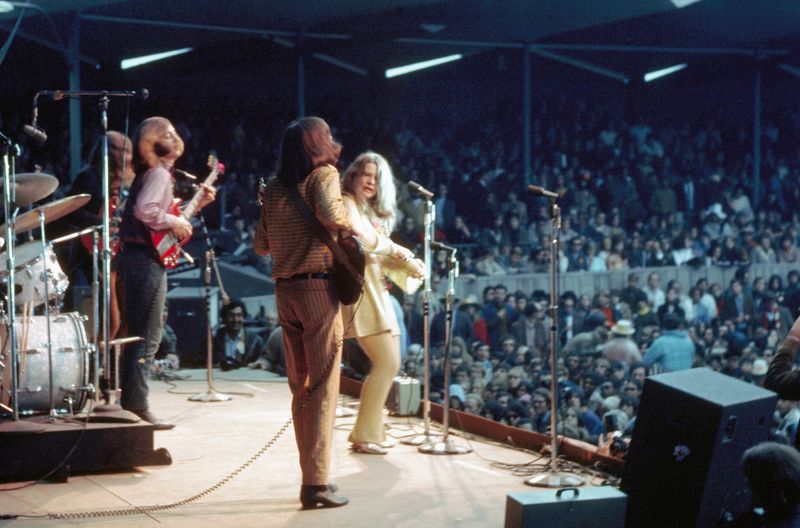
The Monterey Pop Festival was a landmark event that set the stage for future music festivals. Held over three days in June 1967, it showcased an incredible lineup of talent, including a young Janis Joplin and the electrifying Jimi Hendrix.
Hendrix’s performance is still talked about today, especially his fiery finale where he famously set his guitar ablaze. Meanwhile, Janis Joplin’s powerful vocals and raw energy left the audience spellbound, marking her as a star to watch.
This festival was more than just music; it was a cultural happening that encapsulated the spirit of the 60s. It was a celebration of music, freedom, and artistic expression, with a vibe that resonated with the desire for change and unity. Monterey Pop set the tone for the summer, leaving an indelible mark on the history of music.
3. Thurgood Marshall’s Supreme Court Nomination
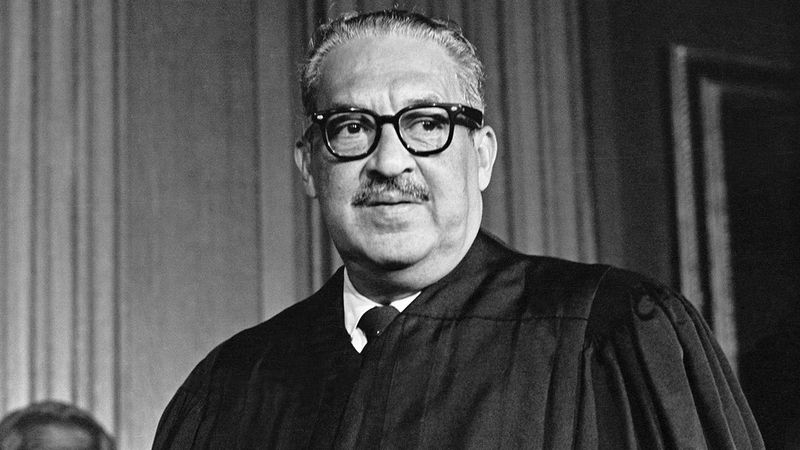
In 1967, Thurgood Marshall made history as the first African American nominated to the United States Supreme Court. This monumental achievement was a testament to his tireless dedication to civil rights and justice.
Marshall’s nomination was a significant step forward for America, symbolizing the progress made during the Civil Rights Movement. His legal acumen and unwavering commitment to equality were evident in his prior work, including his victory in the landmark Brown v. Board of Education case.
His presence on the Supreme Court paved the way for future generations and served as a powerful reminder of the ongoing fight for civil rights. Thurgood Marshall’s nomination was not just a personal triumph but a victory for justice and equality in America.
4. Vietnam War Protests
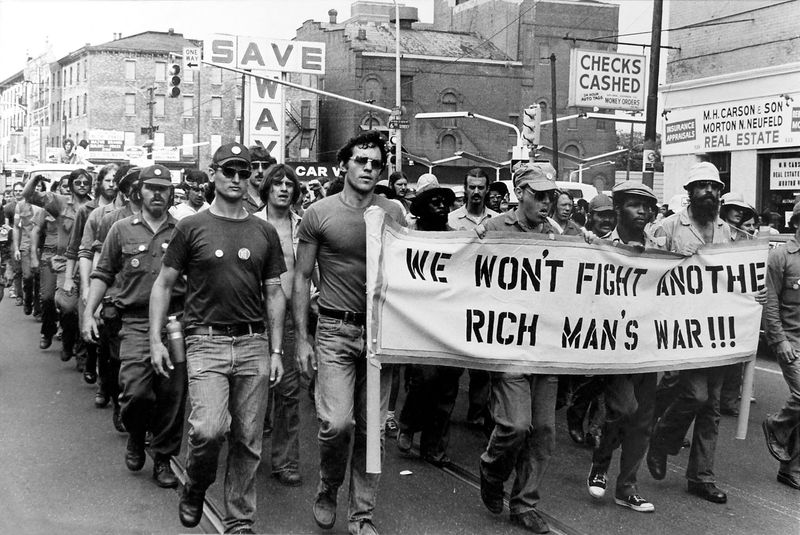
The Vietnam War dominated headlines in 1967, and so did the protests against it. Young people across the country took to the streets to voice their opposition, their chants echoing a growing desire for peace and change.
The demonstrations were fueled by a sense of injustice and a belief that the war was not only unwinnable but also unethical. Students and activists organized sit-ins, marches, and rallies, creating a powerful movement that captured the nation’s attention.
These protests were more than just a call to end the war; they were a reflection of a broader dissatisfaction with the status quo. The youth of America were making their voices heard, demanding a future free from conflict and filled with hope.
5. The Summer of Love in San Francisco
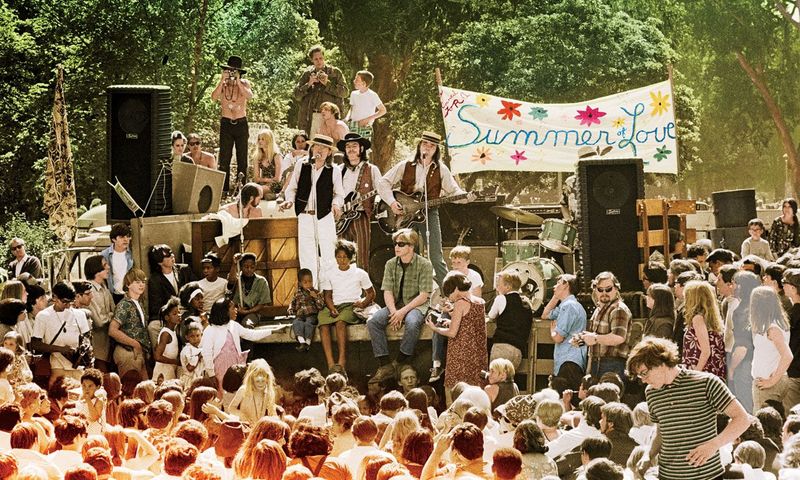
San Francisco’s Haight-Ashbury was the epicenter of the Summer of Love, where the air was thick with incense and revolutionary ideas. Thousands of young people, sporting bell-bottoms and flower crowns, flocked to this neighborhood in search of peace, love, and some mind-expanding experiences.
The streets were alive with music and the scent of patchouli, as impromptu jam sessions and poetry readings broke out on every corner. It was a time of radical self-expression, where art, music, and activism intertwined to create a community like no other.
The spirit of the Summer of Love resonated far beyond San Francisco, sparking a cultural movement that challenged societal norms and celebrated individuality. It was a magical moment frozen in time, a testament to the power of youth and the enduring allure of peace and love.
6. LSD and “Expanded Consciousness”

In 1967, LSD was still legal in California, and its influence was palpable in the air. Many young people turned to this powerful hallucinogen in search of “expanded consciousness,” a journey that promised enlightenment and self-discovery.
The psychedelic experience was more than just a trip; it was a cultural phenomenon that inspired art, music, and literature. It challenged perceptions and encouraged a deeper exploration of reality and the mind.
While the effects of LSD were controversial, its impact on the counterculture movement was undeniable. It became a symbol of rebellion and a tool for pushing boundaries, forever altering the cultural landscape of the 1960s.
7. Aretha Franklin’s “Respect”
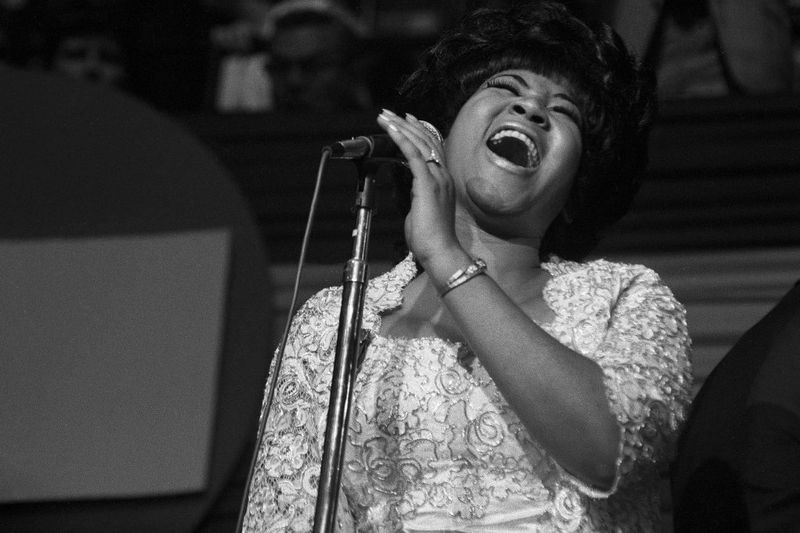
Aretha Franklin’s rendition of “Respect” was more than just a song; it was an anthem. Released in 1967, it quickly became a rallying cry for civil rights and women’s empowerment, resonating with audiences around the world.
With her powerhouse vocals and commanding presence, Aretha transformed the song into a declaration of independence and dignity. “Respect” demanded attention, challenging societal norms and inspiring countless individuals to stand up for themselves.
The song’s impact went beyond the charts, cementing Aretha’s status as the “Queen of Soul” and leaving an indelible mark on music history. It was a moment of triumph and a powerful reminder that everyone deserves respect.
8. Loving v. Virginia Decision
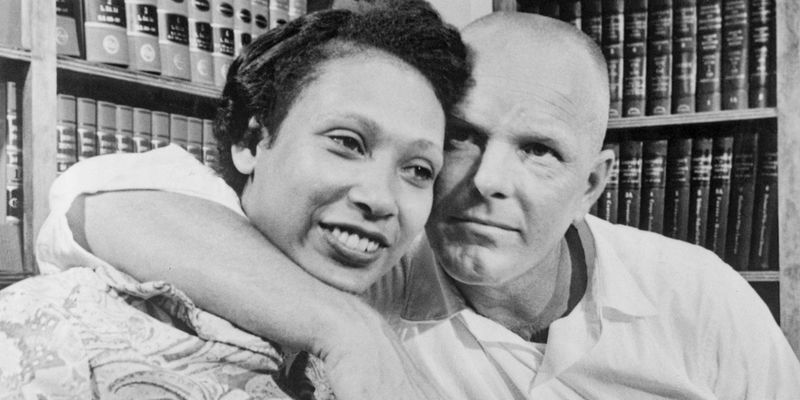
The 1967 Supreme Court decision in Loving v. Virginia was a landmark moment for civil rights, striking down laws banning interracial marriage. This historic ruling was a triumph of love over prejudice.
At the heart of the case were Richard and Mildred Loving, a couple whose devotion to each other challenged and ultimately changed the law. Their courage in the face of discrimination paved the way for greater acceptance and equality.
The Loving decision was a beacon of hope, highlighting the power of love to transcend boundaries and unite people. It was a victory for human rights and a testament to the belief that love knows no color.
9. Psychedelic Posters
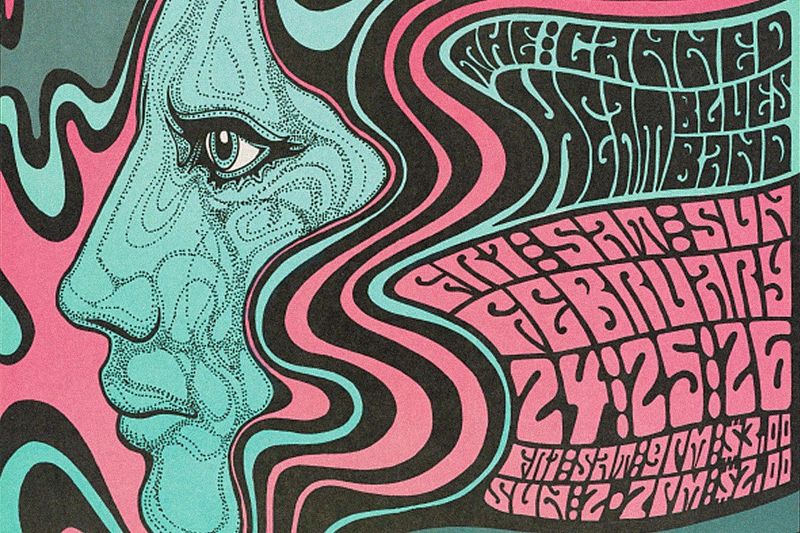
In 1967, psychedelic posters became iconic symbols of the counterculture movement, their vibrant colors and intricate designs capturing the essence of the era.
These posters weren’t just advertisements; they were works of art that adorned the walls of homes, music venues, and head shops. With their mind-bending patterns and bold typography, they reflected the psychedelic experience and the era’s spirit of creativity.
Artists like Wes Wilson and Victor Moscoso pushed the boundaries of design, creating posters that were both visually stunning and culturally significant. They remain timeless reminders of a revolutionary period in art and music history.
10. Flower Crowns
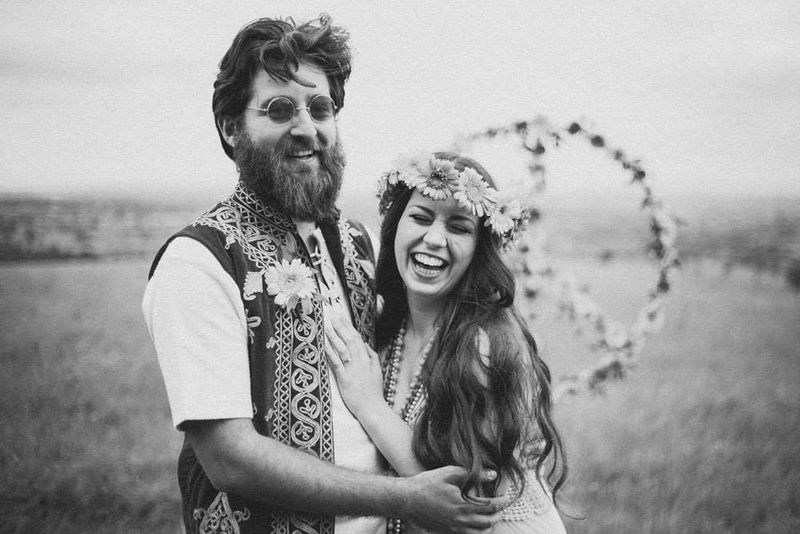
Flower crowns became the quintessential accessory of the Summer of Love, symbolizing peace and natural beauty. In 1967, these floral adornments were worn by young people embracing a new, free-spirited way of life.
The simple act of placing flowers in one’s hair became a statement of rebellion against societal norms and a celebration of nature. It was a way to connect with the earth and each other, a visual embodiment of harmony and love.
Decades later, flower crowns would resurface as a popular trend, but their roots (pun intended) can be traced back to the transformative summer of 1967. They remain a timeless symbol of innocence and idealism.
11. The “Be-In” Movement
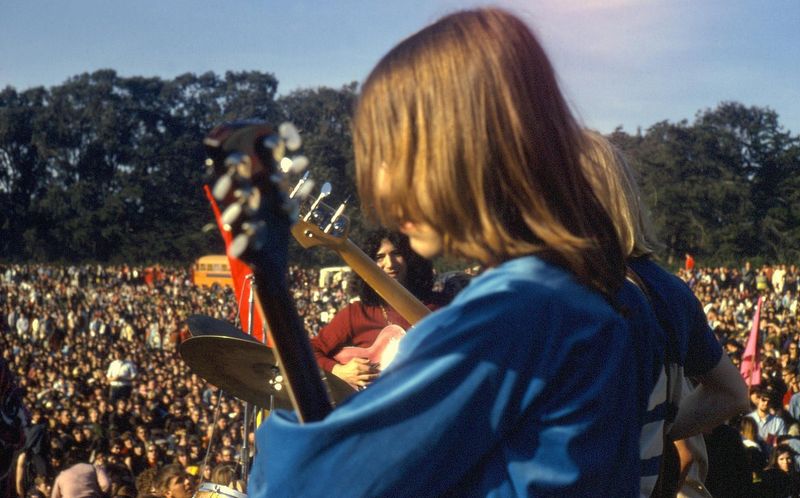
The “Be-In” movement was a defining feature of the Summer of Love, where people gathered in parks and public spaces to meditate, play music, and promote peace. These gatherings were a peaceful protest against the establishment and a celebration of community.
Attendees of “Be-Ins” embraced the idea of simply “being” rather than doing, creating an atmosphere of togetherness and mindfulness. It was an opportunity to connect with others and share in the joy of the present moment.
The movement was a testament to the desire for change and the power of peaceful demonstration. “Be-Ins” embodied the spirit of the 60s, blending meditation, music, and revolution into a harmonious whole.
12. Jimi Hendrix’s Iconic Performance
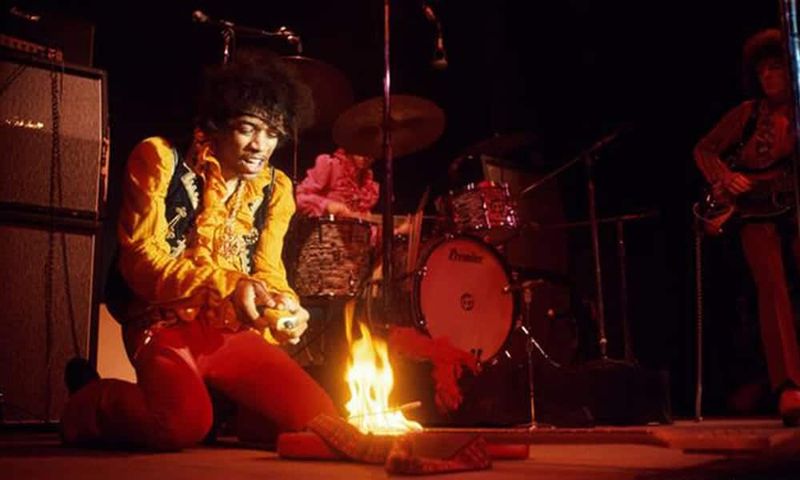
Jimi Hendrix’s performance at the Monterey Pop Festival in 1967 was nothing short of legendary. His electrifying presence and jaw-dropping guitar skills left an indelible mark on music history.
The moment he set his guitar on fire is etched in the collective memory of rock fans. It was a symbol of his unbridled creativity and defiance, a shocking yet mesmerizing spectacle that captivated the audience.
Hendrix’s performance at Monterey was more than just a concert; it was a cultural moment that showcased the raw power of rock ‘n’ roll. His ability to push boundaries and express himself through music continues to inspire musicians today.
13. The Doors’ Debut Album

The release of The Doors’ debut album in 1967 marked the arrival of a new sound that would forever change the landscape of rock music. With hits like “Light My Fire,” the album captivated audiences and established the band as a force to be reckoned with.
Jim Morrison’s enigmatic presence and poetic lyrics set The Doors apart from their contemporaries. Their music was a blend of rock, blues, and psychedelia, creating a sound that was both unique and compelling.
The album’s success was a testament to the band’s innovative spirit and ability to capture the zeitgeist of the 60s. It remains a classic, influencing generations of musicians who followed in their footsteps.
14. San Francisco as a Counterculture Capital
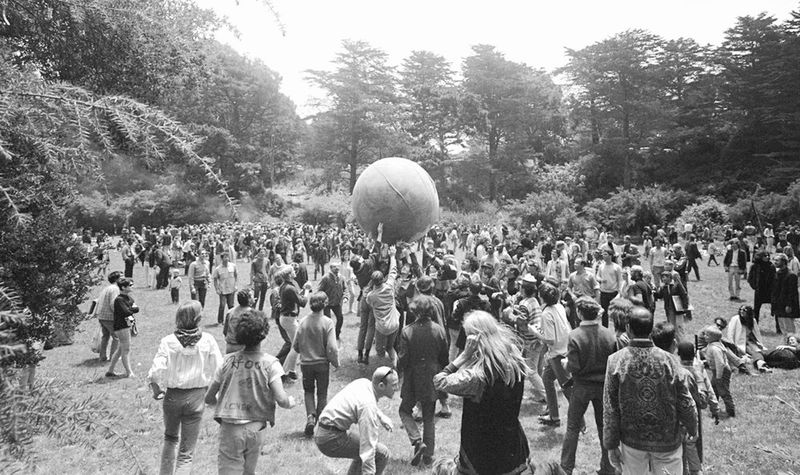
San Francisco in 1967 was a mecca for the counterculture movement, where tie-dye was practically the uniform and revolutionary ideas filled the air. The city’s vibrant energy attracted artists, musicians, and free spirits from all over the world.
Haight-Ashbury was the heart of this cultural renaissance, a place where creativity and activism flourished. It was a melting pot of ideas and a hub for those seeking an alternative way of life.
San Francisco’s role as a counterculture capital was a defining aspect of the Summer of Love. It was a city that embraced change and celebrated diversity, leaving a lasting legacy on American culture.
15. Black Power Movement

The Black Power movement was gaining momentum in 1967, with activists demanding equality and empowerment for African Americans. This movement was a powerful force for change, challenging systemic racism and advocating for self-determination.
The raised fist became an iconic symbol of resistance and solidarity, representing the struggle for justice and the strength of the community. Leaders like Stokely Carmichael and organizations like the Black Panther Party were at the forefront, driving the movement forward.
The rise of Black Power was a pivotal moment in the fight for civil rights, inspiring future generations to continue the struggle for equality. It was a movement that called for pride, unity, and the recognition of black heritage and culture.
16. CIA and MK-Ultra
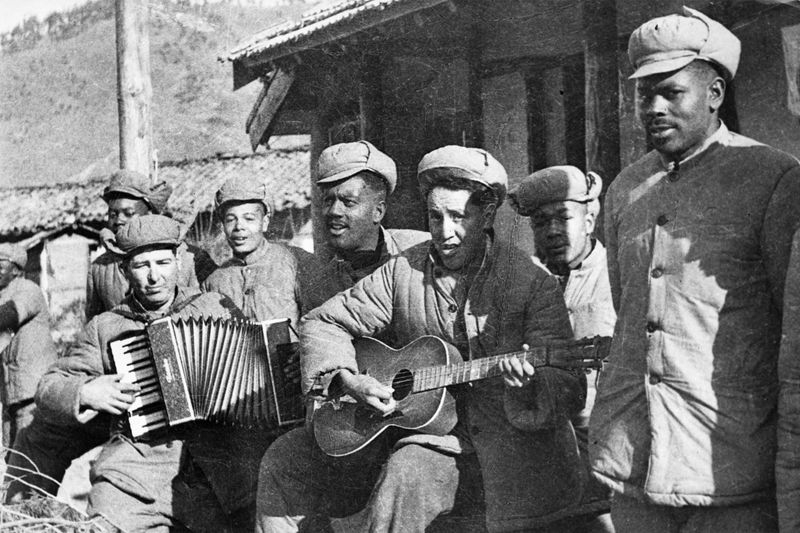
In 1967, whispers of the CIA’s secretive MK-Ultra program began to surface, revealing a government experiment into mind control and psychological manipulation. It was a real-life spy thriller that blurred the lines between science fiction and reality.
The program involved a series of covert experiments, often conducted without the consent of the subjects. LSD and other substances were used in attempts to explore the limits of the human mind, leading to ethical controversies and public outcry.
The exposure of MK-Ultra was a shocking revelation, highlighting the clandestine activities of intelligence agencies and raising questions about government accountability. It remains a chilling chapter in American history, a reminder of the potential dangers of unchecked power.
17. “All You Need is Love” Broadcast
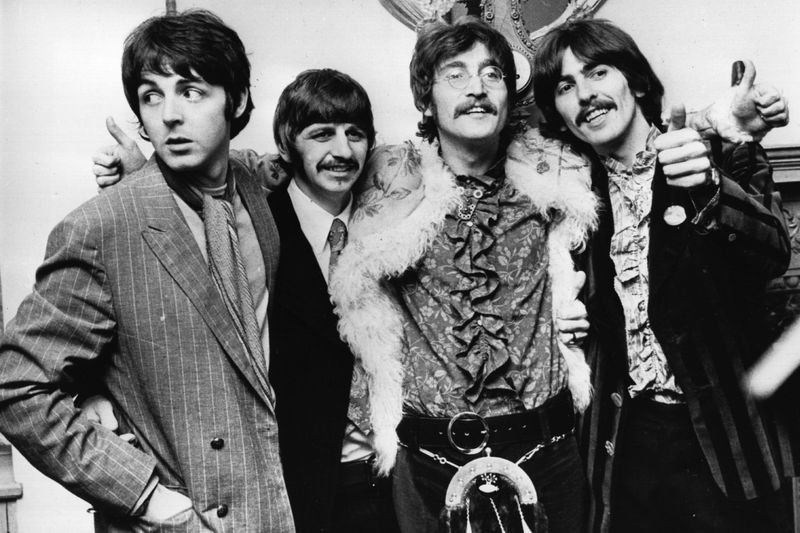
On June 25, 1967, The Beatles made history with the global broadcast of “All You Need is Love.” This performance, beamed live via satellite, was a testament to the unifying power of music and a message of peace and love.
The song’s simple yet profound lyrics captured the spirit of the 60s, resonating with millions around the world. The broadcast was part of the first-ever live global television link, showcasing the possibilities of technology and communication.
The Beatles’ performance was a cultural landmark, reinforcing their status as icons of the era and ambassadors of peace. “All You Need is Love” became an anthem for a generation seeking connection and harmony.
18. Mini Skirts and Bold Fashion
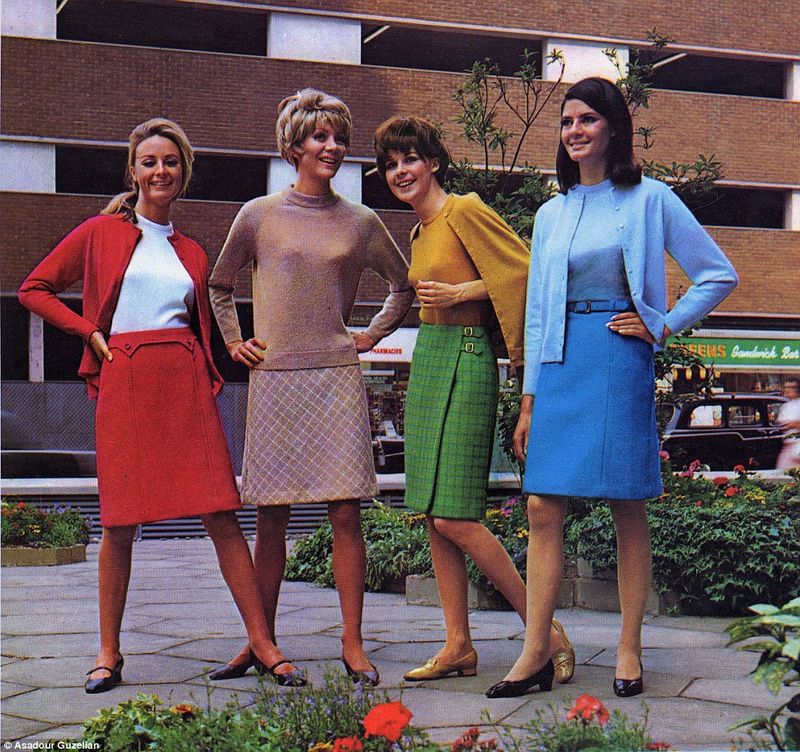
In 1967, mini skirts were the epitome of bold fashion, symbolizing a shift towards greater freedom and individuality. These daring garments challenged traditional norms and became an iconic part of the swinging 60s.
The trend was popularized by designers like Mary Quant, who saw fashion as a form of self-expression. Mini skirts were more than just clothing; they were a statement of empowerment and rebellion.
The popularity of mini skirts marked a turning point in fashion, paving the way for future trends and encouraging women to embrace their individuality. They remain a symbol of the era’s progressive spirit and cultural revolution.
19. Youth Rewriting the Rules
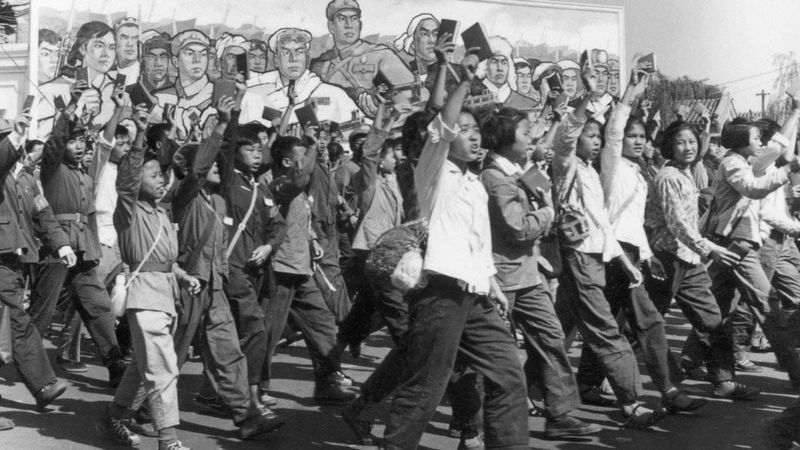
The youth of 1967 were at the forefront of a cultural revolution, rewriting the rules of society and challenging the status quo. From music and art to politics and social norms, young people were driving change with passion and creativity.
This generation was characterized by its desire for authenticity and a rejection of conventional expectations. They sought new ways to express themselves and engage with the world, often through innovative forms of art and activism.
The impact of the youth movement was profound, shaping the cultural landscape and setting the stage for future generations. It was a time of transformation and possibility, where anything seemed achievable and change was inevitable.
